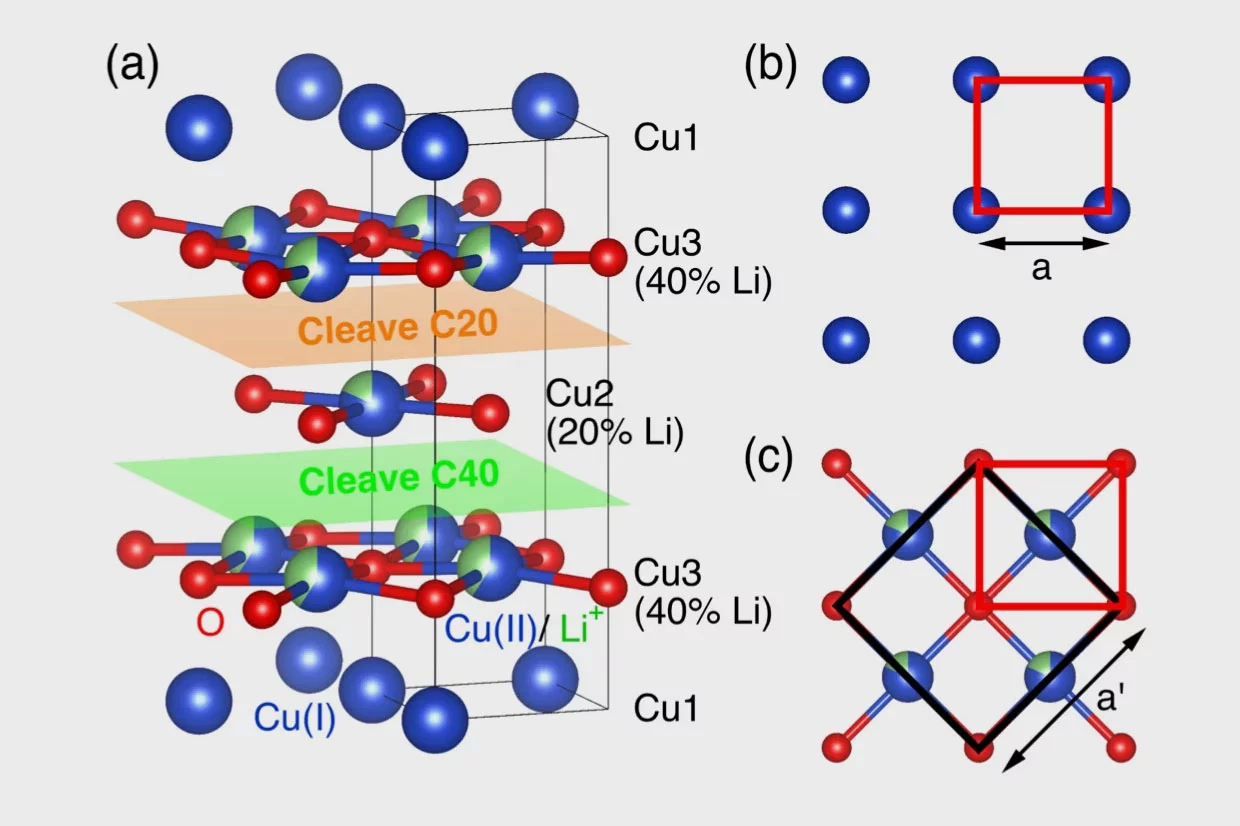LiCu3O3 is an antiferromagnetic mixed valence cuprate where trilayers of edge-sharing Cu(II)O (3d9) are sandwiched in between planes of Cu(I) (3d10) ions, with Li stochastically substituting Cu(II). Angle-resolved photoemission spectroscopy (ARPES) and density functional theory reveal two insulating electronic subsystems that are segregated in spite of sharing common oxygen atoms: a Cu dz2/O pz derived valence band (VB) dispersing on the Cu(I) plane, and a Cu 3dx2−y2/O 2px,y derived Zhang-Rice singlet (ZRS) band dispersing on the Cu(II)O planes. First-principle analysis shows the Li substitution to stabilize the insulating ground state, but only if antiferromagnetic correlations are present. Li further induces substitutional disorder and a 2D electron glass behavior in charge transport, reflected in a large 530 meV Coulomb gap and a linear suppression of VB spectral weight at EF that is observed by ARPES. Surprisingly, the disorder leaves the Cu(II)-derived ZRS largely unaffected. This indicates a local segregation of Li and Cu atoms onto the two separate corner-sharing Cu(II)O2 sub-lattices of the edge- sharing Cu(II)O planes, and highlights the ubiquitous resilience of the entangled two hole ZRS entity against impurity scattering.
Facility: SINQ
Reference: A. Consiglio et al, Physical Review Letters 132, 126502 (2024)
Read full article: here


